
Rango film poster
“Rango’s” animated Western storyline is narrated by an owl mariachi band with thick Spanish accents who tell the story of a nameless pet chameleon. The anthropomorphic chameleon sees himself as an exceptionally gifted actor in his terrarium with a wind-up goldfish and a damaged Barbie doll as his characters in his plays. After an accident, the nameless hero finds himself in the Mojave Desert where he encounters a run-over armadillo who guides him to his awaited adventure. On his journey he meets Beans, his love interest and a struggling farm daughter, who gives him a ride to the village ‘Dirt’. Dirt is a dried-up town with ragged residents. However, Dirt is currently in a water crisis since their limited supply of water is managed by the bank and the mayor of the town. In an attempt to impress the residents of Dirt, the nameless lizard accidentally kills the evil hawk and names himself ‘Rango’. The desperate citizens declare him a hero, and he becomes the sheriff, who is responsible to inspect the reason behind the limited water supply.
And so begins the story of a charming pet chameleon who embarks the journey of finding his own identity.
As hinted in the synopsis, the central themes of the film are self-discovery and the environmental problems of water shortage which are presented in a Western parody style. The Western theme is executed through an oversaturated yellow filter to portray warm, dry climates [1]. The extraordinary character design of the residents of Dirt is perfectly imperfect compared to other children’s animation. The animal citizens are rough and have visible flaws such as Rango’s asymmetrical face (figure 1) and a vulture’s prostatic leg. Further, they have thick Southern accents and are dressed as typical cowboys with vests, cowboy hats and boots as well as gun belts (figure 2).
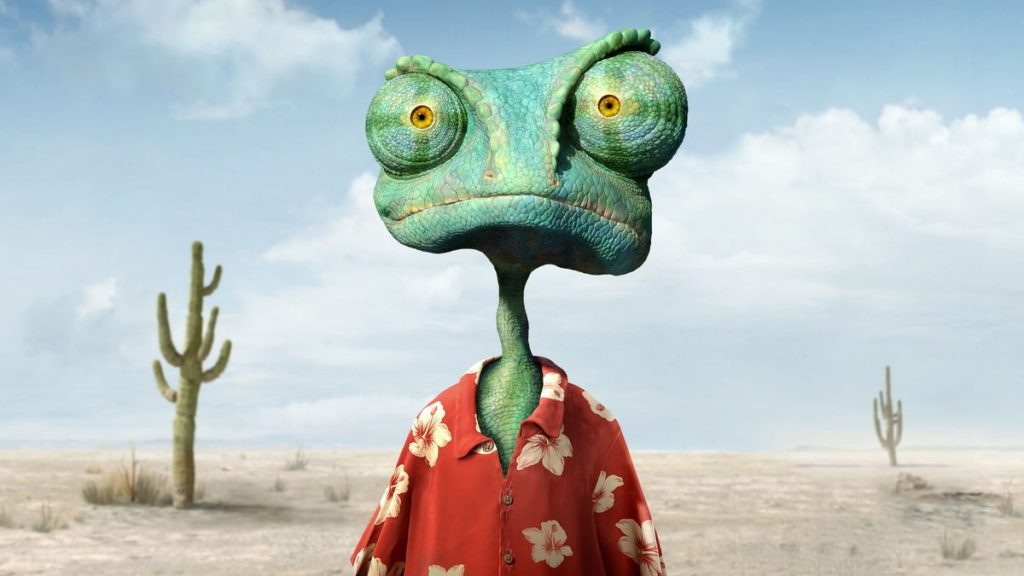
Figure 1: One eye is bigger than the other, his throat is crooked 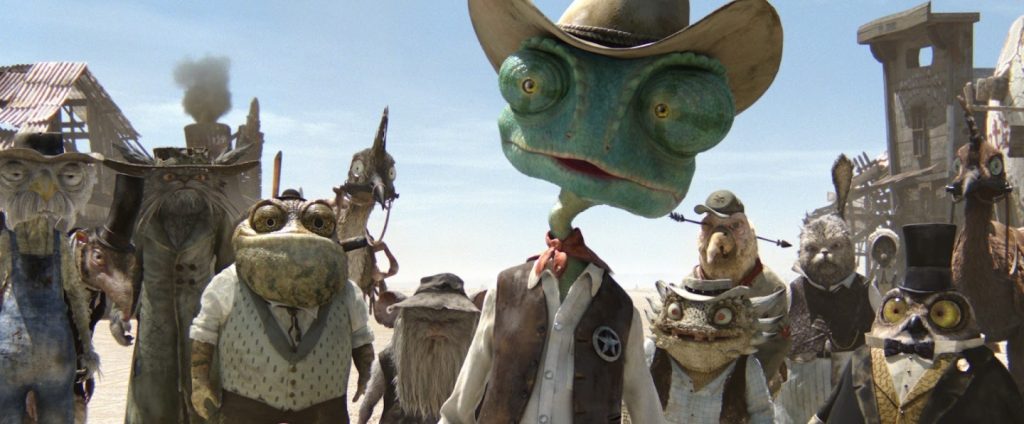
Figure 2: The anthropomorphic animals are dressed in Western style
The exploration of identity already appears at the beginning of the film as Rango questions his own character. “Who am I,” he asks and answers “I could be anyone”. In his play he also proclaims that a conflict is missing in his own plot, but shortly after the dynamics of his common lifestyle will change completely. His first encounter with the wise armadillo, who resembles an old knowledgeable professor, leads him to his adventure of finding his place in the world. Alone in the desert, Rango sticks out like a sore thumb with his domesticated behaviour and Hawaiian shirt. The narrators inform the audience that animals of the desert had years to adopt to their surroundings, but the chameleon is going to die. At first glance, this remark seems odd since chameleons possess the ability to blend in. They are known to be able to adapt to their surroundings in any way. In animations they are stereotypically presented as sneaky tricksters, who can be vain and boastful [2]. The hero, Rango, may not be able to physically assimilate to his surroundings (figure 3/4), but he is able to con his way into being an outlaw and becoming the new sheriff of Dirt. Further, the ride to Dirt proves that the chameleon does not want to reveal his own identity because he does not know who he really is. Annoyed with Rango’s ambiguous answers, Beans tells him to go into town on his own. In the city he tries to adapt by copying the walk and mannerism of the residents. Inside the bar the chameleon is again confronted with the question of his own identity when a guest asks him, “Who exactly are you?”. Rango repeats the same phrases in the beginning “Who am I? – I can be anyone,” and he decides to be the tough Rango.
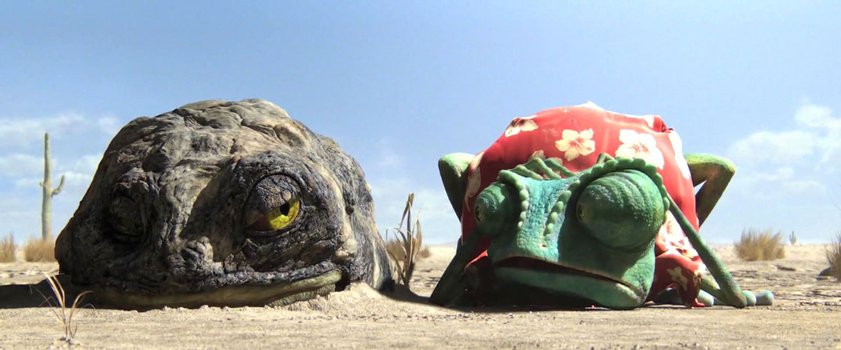
Figure 3: Trying to adapt to his surroundings 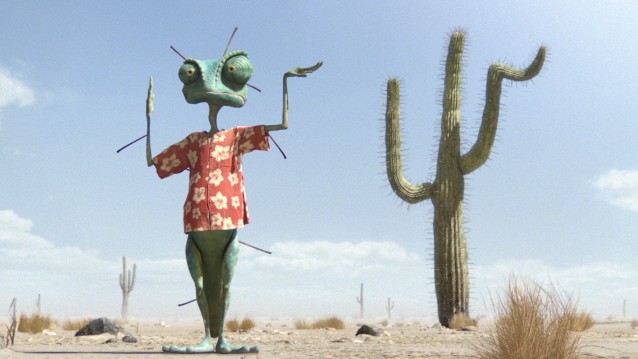
Figure 4
The climax of the film and the revelation of his fraud is a popular element of Western movies; the hero faces the consequences of his own actions [3]. In a shootout between Rattlesnake Jake and Rango, Jake completely decimates him by exposing his fraud. The antagonistic Rattlesnake Jake is a great visualization of death as he declares to be from hell (figure 5). The character design for the rattlesnake is done exceptionally well since snakes are known for being fear-inducing and vicious. In many films they play the villain, and the rattlesnake is often associated with the Wild West as the diamondback rattlesnake is found in the North American desert [4]. Mortified and alone, the chameleon crosses a highway without getting hit. On the other side he meets the “Spirit of the West”, the Man with No Name. The Spirit of the West encourages Rango to return to Dirt because “no man can walk out of his own story”. Rango is confronted with the revelation that everyone chooses their own identity and place in this world. Rango decides to do the right thing by helping the residents of Dirt with the drought.
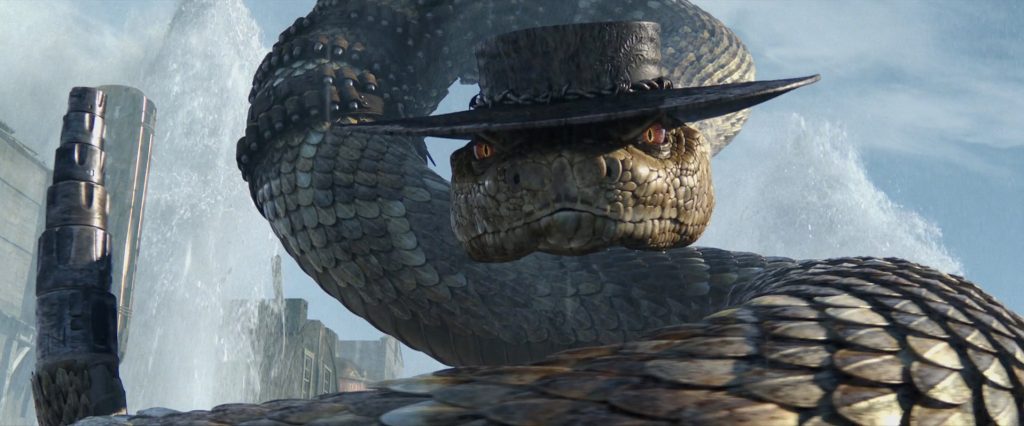
Figure 5: Personification of death, Rattlesnake Jake, with a machine gun as a rattle
With that another important theme, which simultaneously links to the question of identity, appears. The search for water is crucial because it does not only address an environmental problem but is also connected to power politics.
The first encounter with the water problem is when Rango freshly arrives into the town of Dirt. The residents appear all rugged, flawed and poor. As the audience, we can overhear a conversation between two residents who discuss their financial status and complain that they are in the midst of a drought and that everything is drying out. What makes Dirt special is that the currency in this town is water. However, the town of Dirt is faced with an economic crisis because the bank is running out of water. Subsequently, the tortoise John, who is the mayor of the town, is introduced. The mayor acclaims Rango as the new sheriff and tells him that “people need hope”. With that the mayor gives him a new identity. During their conversation, the mayor remarks that water equals wealth and “if you control the water, you control everything” that raises suspicion and foreshadow his involvement with the disappearance of the town’s water resource. Therefore, Rango’s actual duty as sheriff is to keep the residents loyal to the mayor without them questioning the mayor’s motives. Filled with doubt, Rango questions the mayor why he is buying of the land around Dirt, however, the mayor disavows any ulterior motives. Instead, he convinces Rango that he is building a modern city since they are ‘civilized’ now. As Rango finally has an epiphany about his identity, he discovers that the mayor is responsible for the draught. He finds an emergency shut-off of a water pipeline to Dirt which has been sabotaged by the mayor to cut off their water supply. The mayor has been controlling the water and buying all the land in Dirt. His ultimate goal was to own all the land in Dirt, so that he can get rid of the residents and control all the water. In “Rango’s” universe water is equal to money; hence water means power because without water there is no life. In his scheming ploy the mayor used Rango as his decoy to maintain legitimacy in order to make the citizens compliant and dependent upon him. The ruthless mayor’s goal was not only to obtain all the land but also to destroy the town’s entire culture. All along the story’s true enemy and antagonist was the mayor who took advantage of the residents’ trust and exploited them. Thus, “Rango” showcases a connection between corrupt politicians who are willing to destroy the economy and lives as to acquire greater power.
“Rango” is an adventurous Western animation which is advertised towards children but is also aimed at a more mature audience with underlying messages. The impressive character design is a welcoming change to the cute, fluffy and polished animal characters in many children’s animation. Further, the theme of identity and finding your own place in the world is a fitting trope for a coming-of-age story. Self-discovery is a long and tough process with lots of ups and downs. Therefore, the decision to choose a charming chameleon, who is supposed to be a master of blending in, is excellent in order to visualize that everyone can struggle with their identity. Rango’s inability to adapt to his surroundings speaks to a great audience who struggle with finding their place in the world. The comical Western animation is full of action and jokes, but it also addresses crucial themes to raise awareness of environmental issues such as water shortage. The drought and the lack of water hints at the fact that actual animals are dying.
Reference List
[1] Elisabeth Sherman, Why does ‘yellow filter’ keep popping up in American movies. 2020 <https://matadornetwork.com/read/yellow-filter-american-movies/> [accessed 20 January 2021].
[2] Tv Tropes, Animal Stereotypes: Reptiles and Amphibians (n.d.) <https://tvtropes.org/pmwiki/pmwiki.php/Analysis/AnimalStereotypes> [accessed 20 January 2021].
[3] Wikipedia contributors, Western (genre) (2021) <https://en.wikipedia.org/w/index.php?title=Western_(genre)&oldid=1001238499> [accessed 20 January 2021].
[4] Active Wild, Western Diamondback Rattlesnake Facts, Pictures & Info: Get The Lowdown On An Iconic American Reptile (2019) <https://www.activewild.com/western-diamondback-rattlesnake/> [accessed 20 January 2021].
Bibliography
Active Wild, Western Diamondback Rattlesnake Facts, Pictures & Info: Get The Lowdown On An Iconic American Reptile (2019) <https://www.activewild.com/western-diamondback-rattlesnake/> [accessed 20 January 2021].
Sherman, Elisabteh, Why does ‘yellow filter’ keep popping up in American movies. 2020 <https://matadornetwork.com/read/yellow-filter-american-movies/> [accessed 20 January 2021].
Tv Tropes, Animal Stereotypes: Reptiles and Amphibians (n.d.) <https://tvtropes.org/pmwiki/pmwiki.php/Analysis/AnimalStereotypes> [accessed 20 January 2021]
Wikipedia contributors, Western (genre) (2021) <https://en.wikipedia.org/w/index.php?title=Western_(genre)&oldid=1001238499> [accessed 20 January 2021].
Further Reading
Chow, Andrew R, ‘Rango’ is Inspired Genre Subversion (2011) <https://www.thecrimson.com/article/2011/3/8/rango-review/> [accessed 20 January 2021].
Eggert, Brian, Rango (2011) <https://deepfocusreview.com/reviews/rango/> accessed 20 January 2021].
Krawisz, Daniel, Rango: A Libertarian Spiritual Epic (2011) <https://mises.org/library/rango-libertarian-spiritual-epic> [accessed 20 January 2021].
WordPress, Water and Mayor (2017) <https://theothersceneblog.wordpress.com/tag/rango-mayor/> [accessed 20 January 2021].